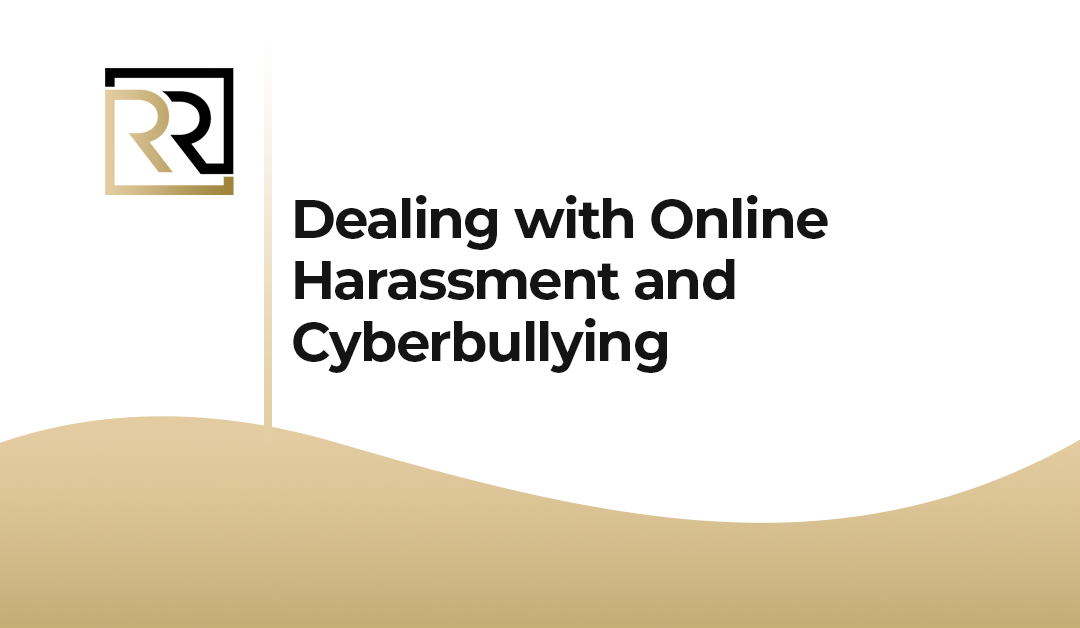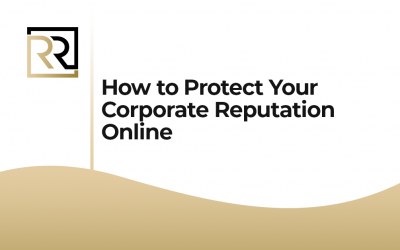A Comprehensive Guide to Dealing with Online Harassment and Cyberbullying
In an era dominated by digital interactions, the dark side of the internet—online harassment and cyberbullying—has become a prevalent concern for individuals of all ages. Moreover, as our lives become increasingly intertwined with the virtual world, the need to address and combat these issues has never been more urgent. Therefore, this article serves as a comprehensive guide, offering insights, strategies, and resources to empower individuals facing online harassment and cyberbullying. Therefore, take care of your corporate reputation management.
Understanding Online Harassment and Cyberbullying
- Defining the Issues: Online harassment involves the intentional use of digital platforms to threaten, intimidate, or harm individuals emotionally or psychologically. Ultimately, Cyberbullying extends this behavior to repeated, targeted attacks over time, often involving a power imbalance between the bully and the victim.
- Forms of Harassment: Also, online harassment can manifest in various forms, including abusive messages, doxxing (publishing private information), trolling, impersonation, and the spread of false information. Hence, recognizing these tactics is crucial for effective response and mitigation.
Immediate Actions in the Face of Harassment
- Document the Incidents: Keep a detailed record of all instances of online harassment or cyberbullying. What’s more, capture screenshots, record dates and times, and document any communication. In consequence, this documentation serves as valuable evidence if legal action becomes necessary.
- Adjust Privacy Settings: Hence, review and strengthen your privacy settings across various online platforms. Thus, limiting access to personal information can help reduce the likelihood of further harassment.
Reporting and Seeking Support
- Report to Platform Authorities: Most online platforms have mechanisms for reporting harassment. Therefore, utilize these features to report abusive behavior, providing as much detail as possible. Also, platforms often take swift action to address violations of their community guidelines.
- Seek Support from Trusted Individuals: Also, share your experience with friends, family, or colleagues whom you trust. Thus, emotional support is crucial during challenging times, and confiding in others can help alleviate the emotional toll of online harassment.
Legal Recourse for Online Harassment
- Understanding Legal Options: Furthermore, familiarize yourself with the laws and regulations surrounding online harassment in your jurisdiction. Moreover, while laws vary, many countries have legal provisions that criminalize certain forms of online harassment and cyberbullying.
- Consulting with Legal Professionals: If the harassment persists or escalates, consult with legal professionals specializing in cyber law. Thus, they can guide you on potential legal actions, including filing for restraining orders or pursuing legal action against the harasser.
Safeguarding Online Presence
- Review and Strengthen Passwords: Furthermore, regularly update and strengthen your passwords across all online accounts. Also, utilize a combination of letters, numbers, and symbols to enhance security and minimize the risk of unauthorized access.
- Enable Two-Factor Authentication: Enable two-factor authentication (2FA) whenever possible. Hence, this additional layer of security requires a verification code in addition to a password, significantly reducing the likelihood of unauthorized account access.
Psychological Well-Being and Mental Health Support
- Seek Professional Counseling: Online harassment can have severe psychological effects. Consider seeking professional counseling or therapy to cope with the emotional impact. Also, mental health professionals can provide valuable tools for resilience and recovery.
- Join Support Groups: Connect with individuals who have experienced similar challenges by joining online support groups. Hence, sharing experiences and coping strategies with others who understand the nuances of online harassment can be empowering.
Educating and Raising Awareness
- Promoting Digital Literacy: Additionally, advocate for digital literacy programs in schools and communities. Moreover, education on responsible online behavior, empathy, and the consequences of cyberbullying is essential for creating a safer digital environment.
- Raising Awareness on Social Media: What’s more, use your experience to raise awareness about online harassment and cyberbullying. Also, share your story responsibly, focusing on the importance of combating these issues and promoting positive online behavior.
Cybersecurity Measures for Protection
- Regularly Update Software: Furthermore, keep all software, including antivirus programs and operating systems, up to date. Thus, regular updates often include security patches that protect against vulnerabilities that cyberbullies may exploit.
- Educate Yourself on Cybersecurity Best Practices: Familiarize yourself with cybersecurity best practices, such as recognizing phishing attempts and avoiding suspicious links. Furthermore, implementing these measures can significantly reduce the risk of falling victim to online harassment.
Blocking and Restricting Communication
- Block Harassers: Utilize the blocking feature on social media platforms to prevent harassers from contacting you. Thus, blocking restricts their access to your profile, reducing the likelihood of further harassment.
- Restricting Communication Settings: Also, you can adjust communication settings on platforms to limit who can contact you. This can include restricting messages to only those in your contacts or filtering messages based on certain criteria.
Advocating for Legal and Policy Changes
- Supporting Anti-Cyberbullying Legislation: Advocate for stronger legal measures and policies against cyberbullying. Engage with local legislators, participate in campaigns, and support organizations working towards legislative changes to combat online harassment.
- Engaging with Tech Companies: What’s more, encourage tech companies to implement stricter measures against online harassment. Engage with platforms, provide feedback on their policies, and advocate for the implementation of advanced tools to curb cyberbullying.
Conclusion: Dealing with Online Harassment and Cyberbullying
Furthermore, dealing with online harassment and cyberbullying is a complex and challenging endeavor. Thus, by taking immediate actions, seeking support, understanding legal options, safeguarding online presence, prioritizing mental health, and advocating for change, individuals can empower themselves to navigate these digital threats. Also, in a world where online interactions are integral to daily life, fostering a safer and more respectful online environment requires collective efforts. Moreover, by standing resilient against online harassment, individuals contribute to the creation of a digital landscape characterized by empathy, understanding, and responsible online behavior.
Services
Our Services
Search Engine Content Removal
Social Media Content Removal
Positive Content Creation
Online Reviews Optimization
Search Results Optimization
Learn
Our Blog
SEO Corporate Reputation Management
SEO Corporate Reputation Management We will show you how we utilize search engine optimization (SEO) to mold your online reputation for your most valuable branded keywords in this advanced guide to...
What is Corporate Reputation?
In this essay, I explain why Corporate Reputation is critical to its bottom line. In addition, I share five critical Corporate Reputation Management best practices for building a strong brand image....
How to Protect Your Corporate Reputation Online
Protect Your Corporate Reputation In this piece, I'll delve into how to protect your corporate reputation online and go through some of the tactics used by ORM services like ours to guard your...
Why is Corporate Reputation Management so important
Reputation Management Because reputation is founded on opinion, it is influenced by a variety of elements that should be taken care of by Reputation Management. Every business has a set of essential...






